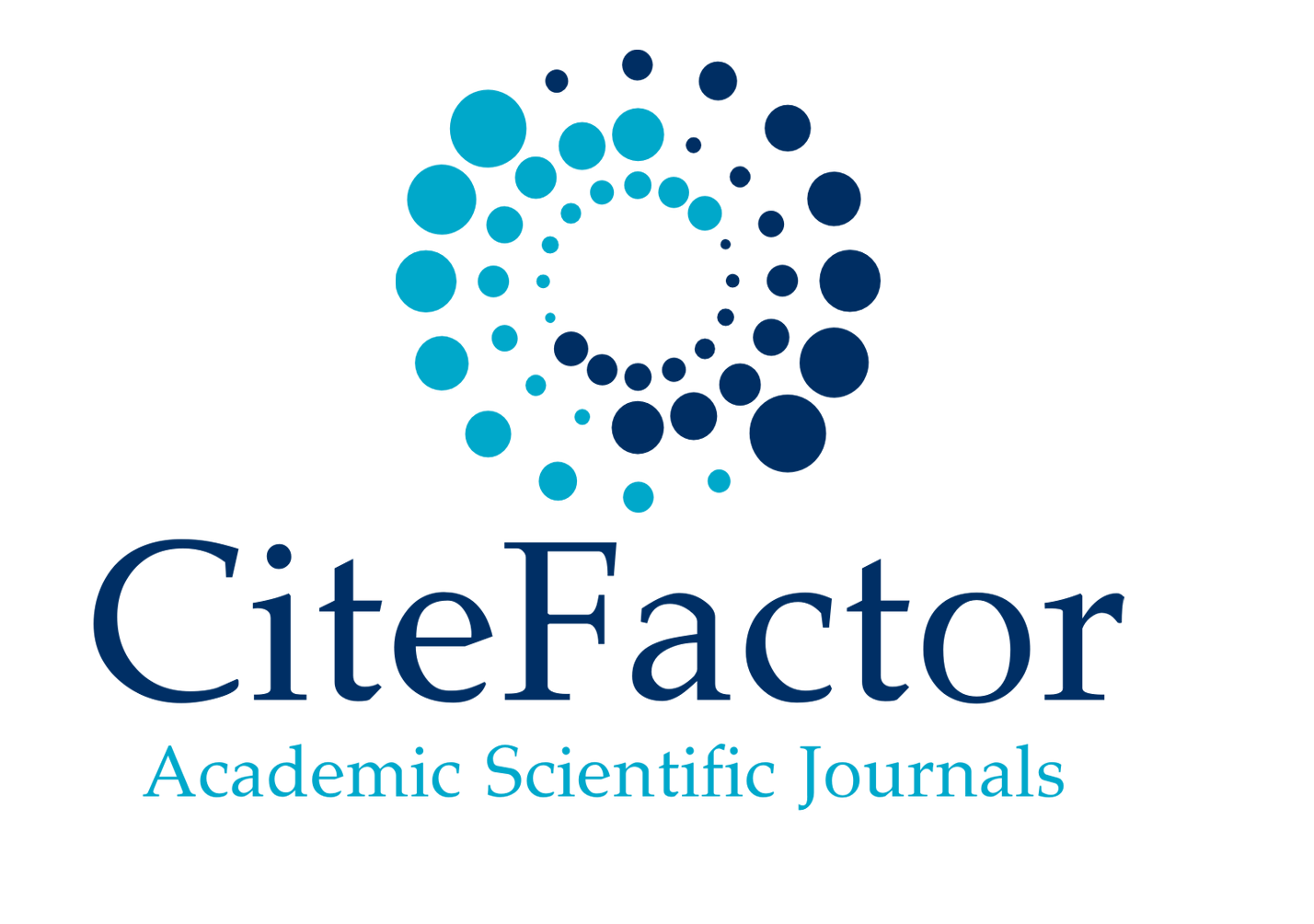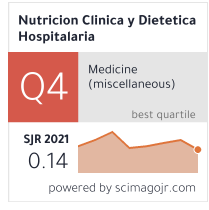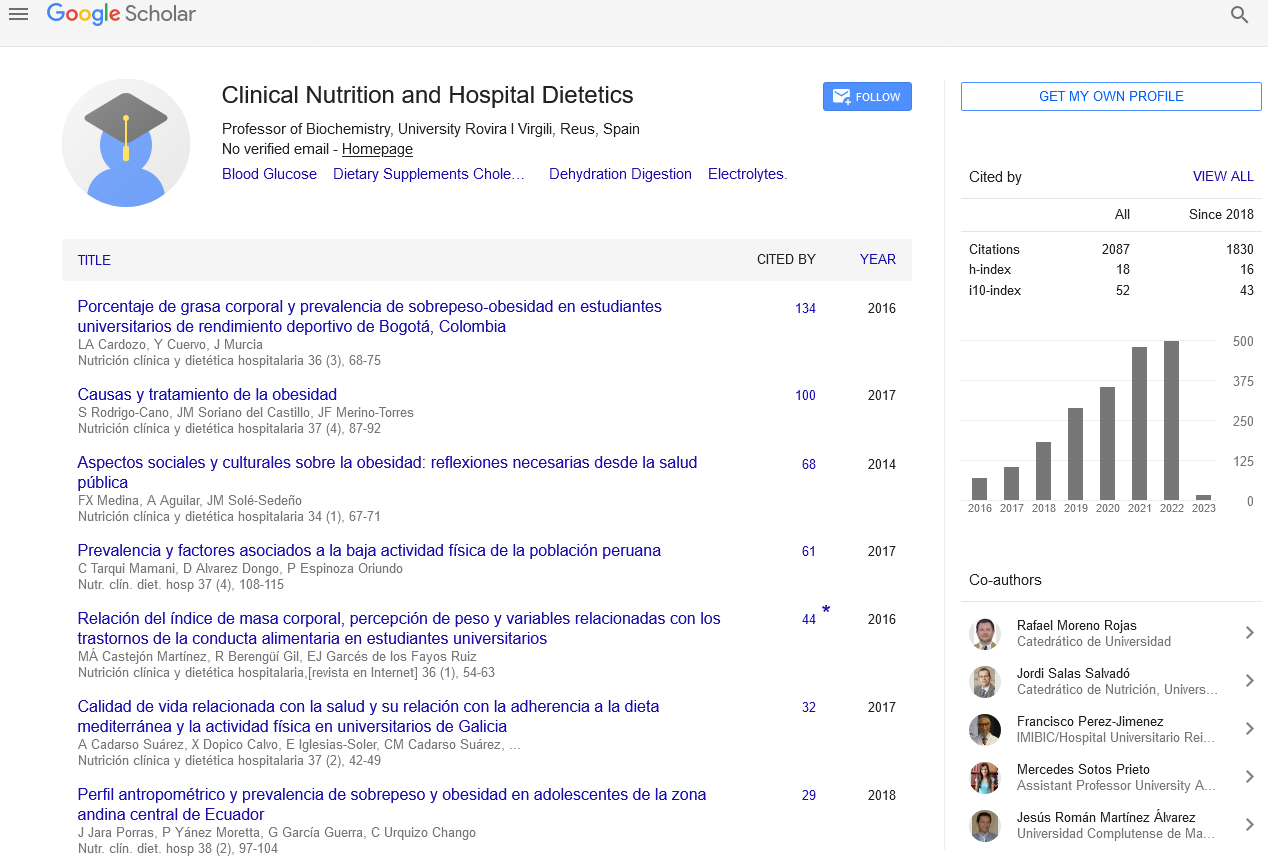Abstract
Development of a Food Frequency Questionnaire for patients with oral lesions
Author(s): Campos, Andréa Karoline Ramos1; Nogueira, Valéria Cristina2; Paes, Gabriel Sampaio1; Cordeiro, Mariana Dantas2; Arruda, Soraia Pinheiro Machado3; Sampaio, Helena Alves de Carvalho3
Introduction: High consumption of caloric foods such as refined cereals, oils, sugars and sedentary lifestyle may contribute to the development of chronic noncommunicable diseases (DCNT’s) and lesions in the oral cavity, and it is necessary to create a specific instrument that associates diet and the occurrence of the disease.
Objectives: To develop a quantitative food questionnaire for patients with oral lesions (FFQ-LO).
Methods: A cross-sectional study with a methodological approach where 43 24-hour reminders were used in duplicate (typical and atypical day) of patients with oral lesions, of both sexes, aged 20 to 72 years. Two lists were prepared for QFA composition (I- 24-hour recall; II- Antioxidant foods). Food was divided according to the New Food Guide for the Brazilian Population (2014) in fresh or minimally processed, processed and ultraprocessed foods. The columns were divided into: food list; Frequency; frequency; home measures and medium portion.
Results: 58 food items were defined as sources of antioxidants to compose the instrument. Vitamin A was present in 92% of foods. In natura or minimally processed foods were the most consumed (67%), followed by ultraprocessed (19%) and processed (14%). The interviewees presented beans and rice as the most consumed foods, with 93% and 84%, respectively.
Discussion: The literature shows that the FFA is an instrument for assessing food consumption that is easy to apply and deserves careful care during its development so as not to make it long and tiring. Ideally, it should be specific to the target population, reducing susceptibility to error and giving more credibility to the study.
Conclusion: The QFA was elaborated with the inclusion of the most relevant antioxidant food items in the population with oral and northeastern lesions.
Google Scholar citation report
Citations : 2439
Clinical Nutrition and Hospital Dietetics received 2439 citations as per google scholar report
Indexed In
- Google Scholar
- Open J Gate
- Genamics JournalSeek
- Academic Keys
- JournalTOCs
- ResearchBible
- SCOPUS
- Ulrich's Periodicals Directory
- Access to Global Online Research in Agriculture (AGORA)
- Electronic Journals Library
- RefSeek
- Hamdard University
- EBSCO A-Z
- OCLC- WorldCat
- SWB online catalog
- Virtual Library of Biology (vifabio)
- Publons
- MIAR
- Geneva Foundation for Medical Education and Research
- Euro Pub
- Web of Science
Journal Highlights
- Blood Glucose
- Dietary Supplements
- Cholesterol, Dehydration
- Digestion
- Electrolytes
- Clinical Nutrition Studies
- energy balance
- Diet quality
- Clinical Nutrition and Hospital Dietetics




